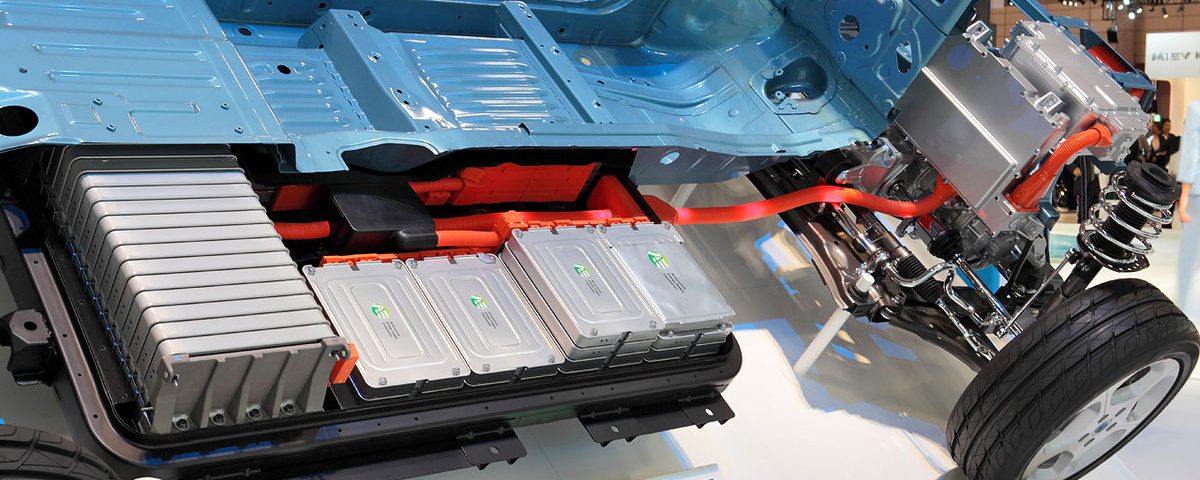The Price of Going Green – Part 3

By: Vernon Schwarte, Editor/Owner Thunder Roads Magazine of Iowa
What we have been seeing while diving into our Going Green article series has been pretty eye opening so far. We have seen that electric motorcycles and cars are priced grossly higher than their internal combustion counterparts. We have also seen that the powers that be have also made it happen to provide huge tax deductions for buying new electric vehicles. Who wouldn’t want a $7,500 tax credit at the end of the year to “Go Green”? I surmised that there had to be more to the story, so I started to digging into the power plants of these vehicles themselves.
One of the things that I wanted to check on was the longevity of the batteries themselves. Most of the warranties on the new vehicles are covering batteries for what I would call extensive time and miles compared to powertrain and other warranties on internal combustion engine vehicles. Just a standard car battery only lasts 3-5 years, so how long could the higher cost, much more expensive power packs last to power the movement of the vehicle? Many manufacturers are covering the battery packs for eight years or 100,000 miles. Some are even going to 10 years and 150,000 miles. I found this interesting as it seemed odd that a lead acid battery makes it four years, maybe, how can these lithium and NH batteries last so much longer and why would manufactures put so much on the line financially with a warranty like that on long term untested technology? Is the new battery technology that much better to last that long, especially in our current “throw away” world? Well, with a little more digging I found that it is a government mandate that the E vehicle batteries have to last that long. The higher range of 10 years and 150,000 miles that Toyota adopted isn’t just because they wanted to sell a longer lasting product, that standard is based on a California law.
One of my next questions was maintaining an E vehicle battery and what is needed to do that effectively? Well, on howtogeek.com, the following was found from June of this year:
How to Keep an EV’s Battery in Peak Condition
To avoid having to replace your electric car’s battery too soon, it’s a good idea to follow some simple guidelines for keeping it in peak operating condition. Fast charging, for example, should be limited except in emergencies or where it can’t be avoided. It’s especially important to avoid fast charging in very cold weather since the process will use up some of the lithium metal inside the battery and decrease overall charge capacity.
Keep the battery charge between 20-80%. Letting it dip below that number or constantly keeping the battery at 100% can reduce its charge capacity and shorten its life. Instead, try shorter top-off charges or slower charging at home or work, if possible.
How Does Cold Weather Affect Electric Car Battery Life?
In cold weather, pre-heat the battery before charging. In the hot months, take measures like parking in the shade to reduce battery heat. It’s also a good idea to pre-heat or cool the interior of the car while it’s still plugged into a charging station to avoid sapping battery power to use those systems.
Driving at high speeds and accelerating very quickly will drain a charge faster, so keep that in mind. Battery maintenance varies by manufacturer, so check the car’s user manual for specific tips and guidelines.
That all sounds great and is easy to accomplish I suppose, but what a pain in the ass! Make sure you don’t rapid charge any more than you need to? Well, what if I have things I need to do and places I need to be? Only your battery will suffer, and your timelines of course. Also noteworthy from those tips, pre-heat or pre-cooling your interior while still plugged in instead of using the battery power? I suppose that makes sense, but what sort of alternate universe are we living in that I have to keep my E Vehicle plugged into the coal/jet turbine/nuclear power grid to cool off my car’s interior on a hot day or vice versa to save battery? Crazy if you ask me. On top of that, with the hot weather and cold weather warnings for charging or utilizing battery power, it seems that these vehicles are made for a constant 70 degree weather climate, that none of us seem to live in. When the temperatures are hotter or colder, the rated available power is then lessened considerably. When that happens, your only option is to use the rapid charge, so seems like it could just readily eat your battery’s life span considerably faster if not operating at an ideal temperate climate.
The final thing that I dug into in relation to batteries for these vehicles for this month is in reference to the cost of replacing said batteries. The accepted range of pricing is $3,000 to $20,000 for replacing the batteries. Some vehicles are easier to change the batteries in, with less labor, but some are quite extensive with basically needing to dismantle the entire frame from chassis to access them. Some take a couple days to do, so the labor can be quite extensive. Now, if the vehicle is under the time or mileage limit of the warranty, and the warranty cannot be voided by dealer or manufacturer for any silly reason, then you are set. You would just be out of a vehicle for a few days. If not though, prepare for an expensive repair bill if you bought used or out of warranty. Avery Siwinski’s parents bought her a 2014 Ford Focus E for $11,000 and after six months of operation, the capacity on the batteries was rapidly diminishing and the charging was not working as intended. Multiple visits to a handful of different dealerships resulted in the mechanical diagnosis of the batteries needing replaced, at the cost of $14,000. Those figures are shocking, but more alarming are the fact that the discontinued model no longer has batteries available to replace, even if they wanted to spend that money. So does that make older used E vehicles simply throw away vehicles not good for continued service?
I don’t know about you, but it is looking to me in just three different articles, that maybe we are being sold a bill of goods on the E vehicle craze. I am going to be digging a little bit further next month, and will see if I can find some redeeming factors, or if the downward trend continues.



